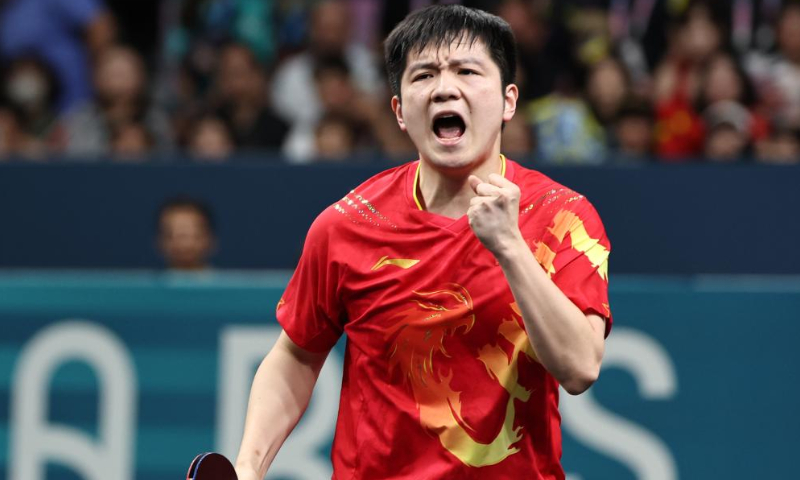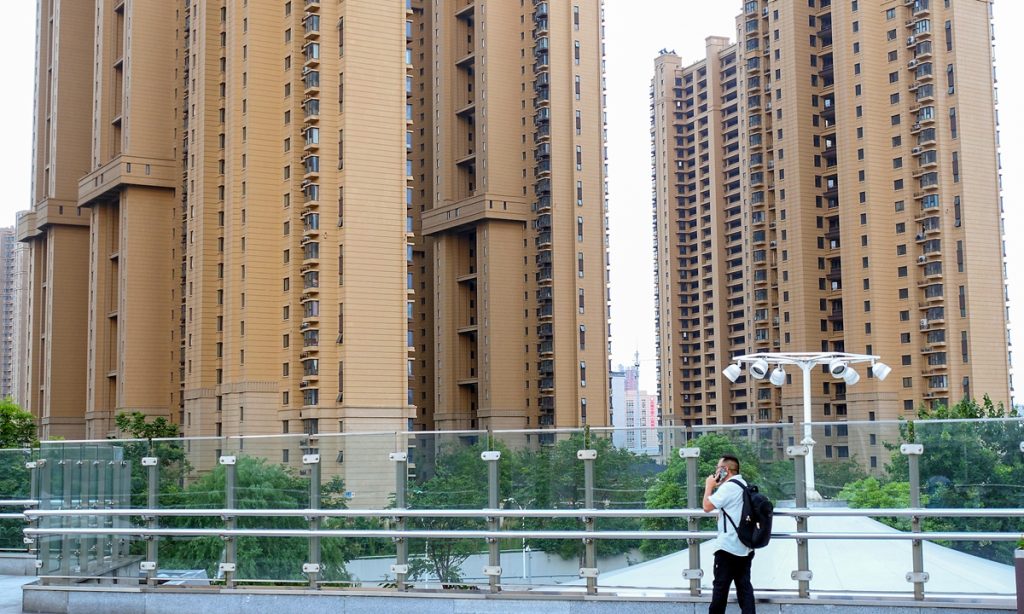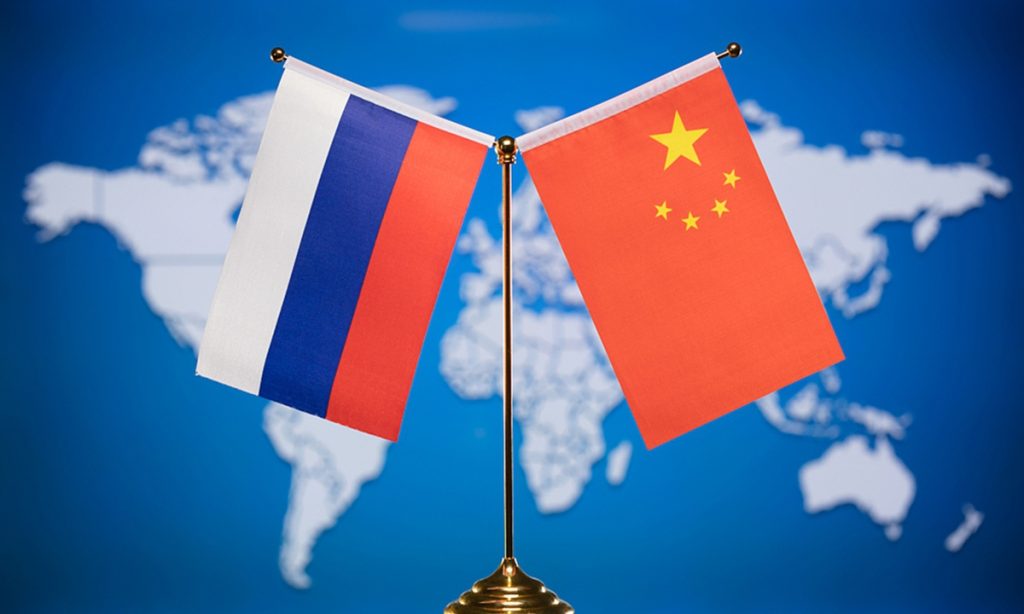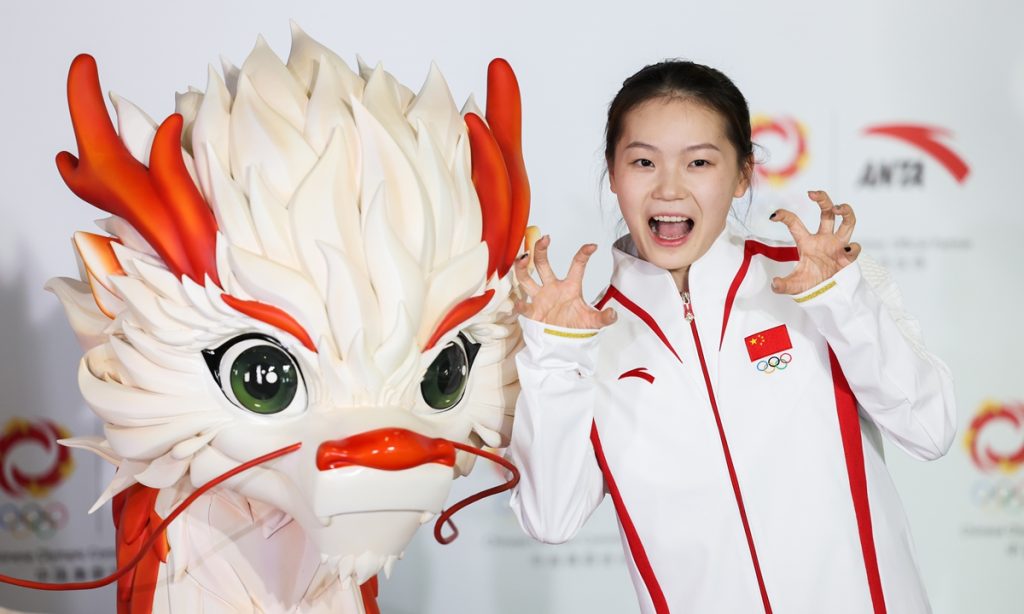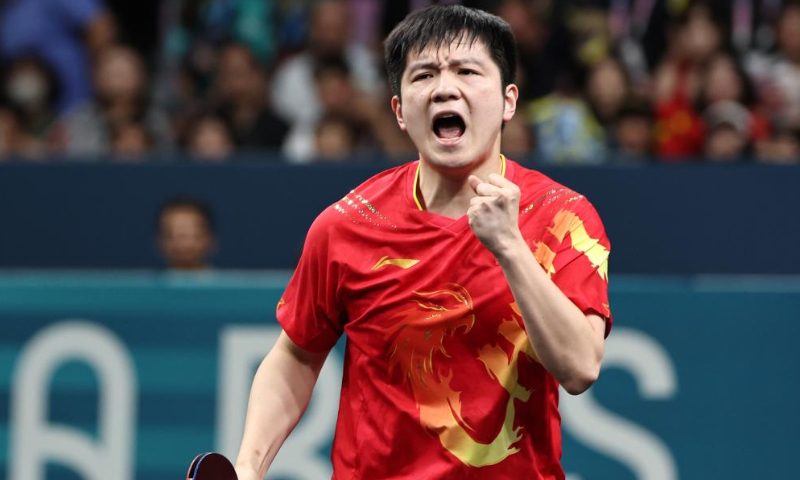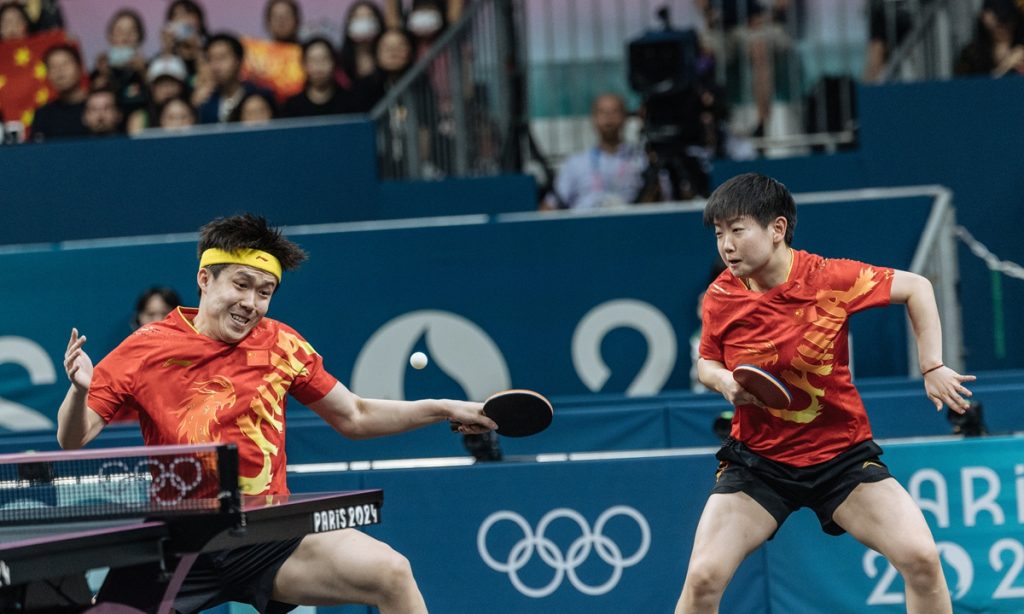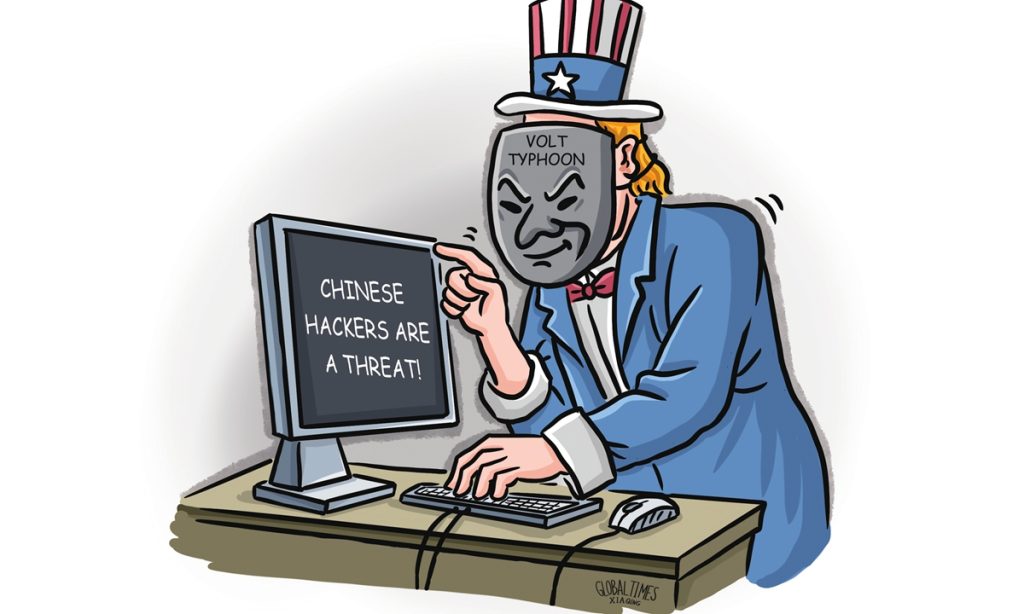China cracks down on toxic sports fan culture

The Ministry of Public Security of China released details of four cases of combating and rectifying illegal activities related to toxic fan culture in sports on Thursday. Since the Paris Olympics, the cybersecurity departments of the Public Security Bureau have been paying close attention to this issue and have been combating related illegal activities.
Among these cases, a suspect, He, was found to have posted defamatory content about table tennis players and coaches on social media, causing significant social harm. The Beijing Public Security Bureau took criminal compulsory measures against her on August 6.
Another suspect, Wang, was found to have repeatedly posted abusive and defamatory content about table tennis players and coaches on social media, causing significant social harm. The Guangzhou Public Security Bureau took criminal compulsory measures against her on Tuesday.
Suspects Gai and Xu were found to have created and widely spread an article questioning a Paris Olympic champion on social media. This article caused negative social impact. The public security bureaus in Shandong and Hebei respectively have imposed administrative penalties on them.
Another suspect, Yang, was found to have publicly abused a gymnastics athlete on social media, causing a negative social impact. The Henan Public Security Bureau has imposed administrative penalties on her.
These posts are malicious and false, posing significant risks. Recent actions have led social media platforms to clean up thousands of posts related to controversial discussions and malicious attacks.
“Most of these so-called fans do not understand or appreciate the professional skills or talents of famous athletes. Instead, they tend to focus solely on the athlete's image and appearance,” Wang Dazhao, a Beijing sports commentator, told the Global Times.
To support their idols, fans in this toxic culture see no teammates, only enemies. Anyone who hinders their idol's pursuit of victory becomes a target for attack, Wang noted.
Recently, some toxic fans have been aggressively leading discussions and attacks on various social media platforms, organizing and spreading derogatory comments, even fabricating scandals and spreading conspiracy theories.
“Those who invade others’ privacy should be punished, while those who do not violate criminal laws should be guided and warned through positive and healthy education,” Wang said.
Previously, some irrational fans were detained by the police for posting inflammatory and defamatory comments against Chinese athletes and coaches after the women's singles table tennis final at the Paris Olympics. The General Administration of Sport of China and the Chinese Olympic Committee condemned these comments, and the impact was limited.
The intrusion of toxic fan culture into the sports arena is not new and is not limited to summer sports; winter sports also face similar issues.
“In the past two years, there has been a phenomenon of sports becoming fan-centric, which has caused significant distress to some athletes,” Yang Yang, China's first Winter Olympic gold medalist, noted in a recent interview.
Table tennis player Fan Zhendong has also faced harm from toxic fans, including illegal intrusion into hotel rooms, exposure of personal information such as ID cards and phone numbers, and harassment at the airport.
Not only athletes but many sports enthusiasts and even viewers are harassed by these toxic fans for merely mentioning or commenting on their favored individuals.
“I faced cyberbullying because I mentioned an athlete’s poor performance online,” a person who was once targeted by extreme sports fans told the Global Times on condition of anonymity.
The anonymous victim expressed concern that such online behavior could lead to real-world violence. “I was worried that I might be ambushed when going out one day and was also concerned that my family might be harassed,” he noted.
Chinese swimming champion Pan Zhanle, who recently broke a world record at the Paris Olympics, disbanded his only fan group on Monday.
He previously mentioned in a CCTV interview that many people were waiting downstairs at the hotel to get his autograph.
The 20-year-old swimming prodigy is using his own way to say “no” to toxic fan culture.
“Be more low-key and keep things quiet,” Pan advised his fans.

